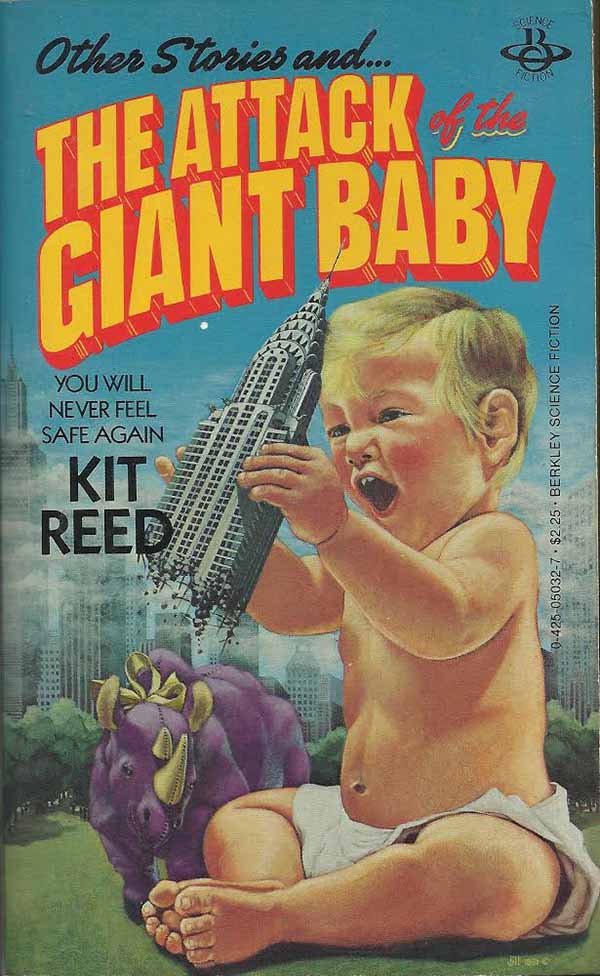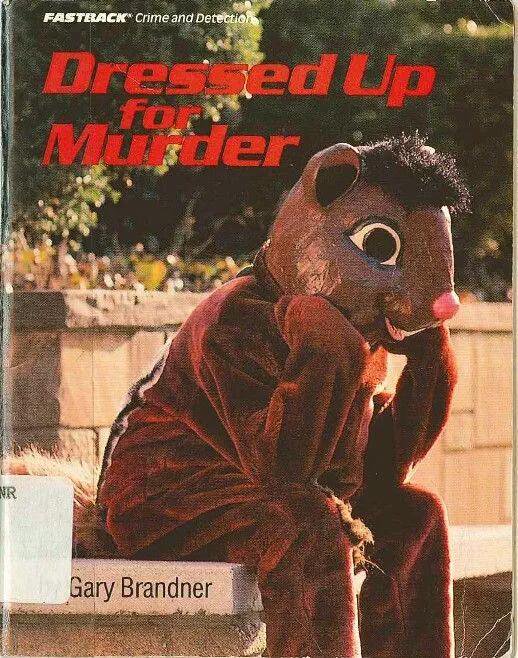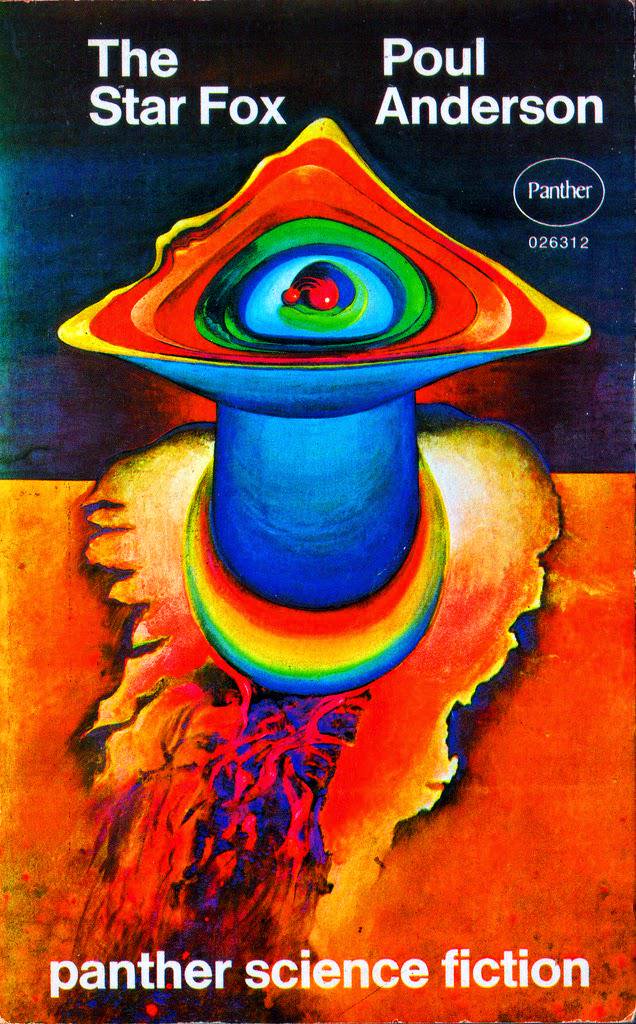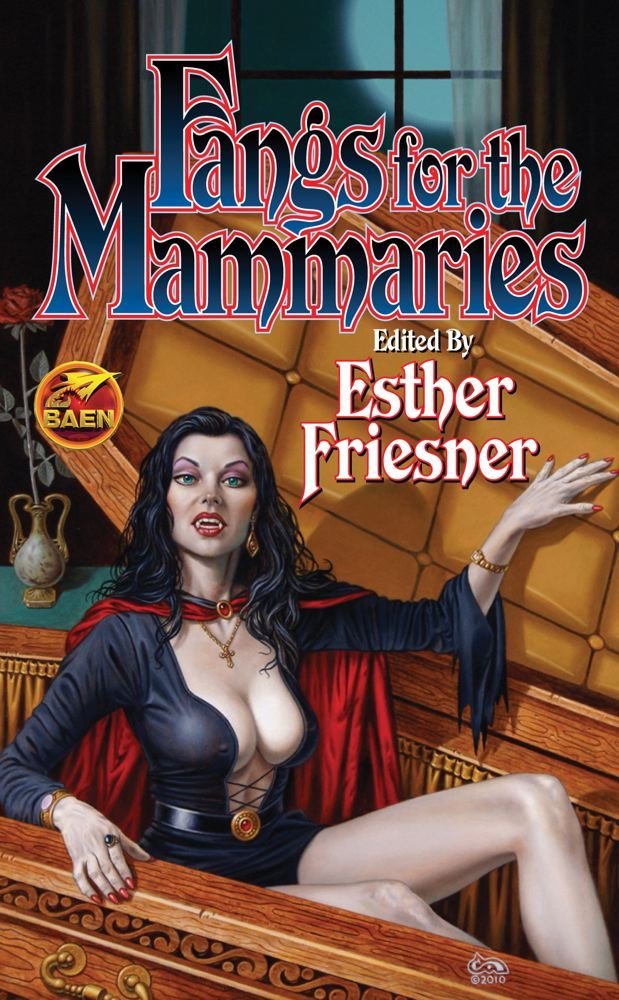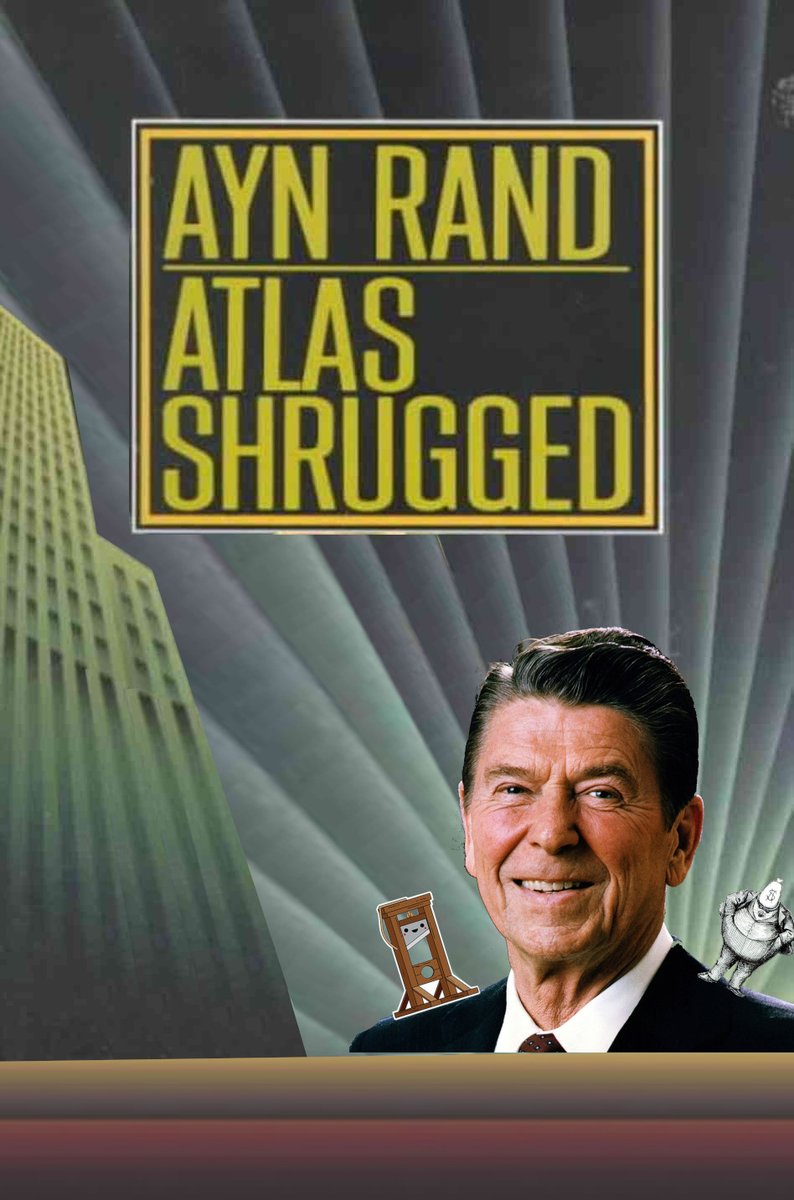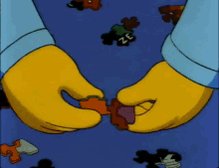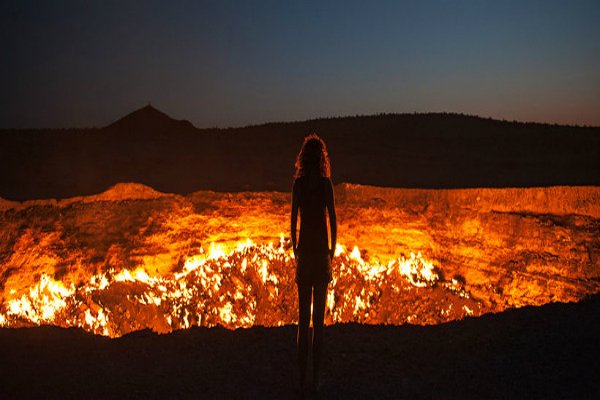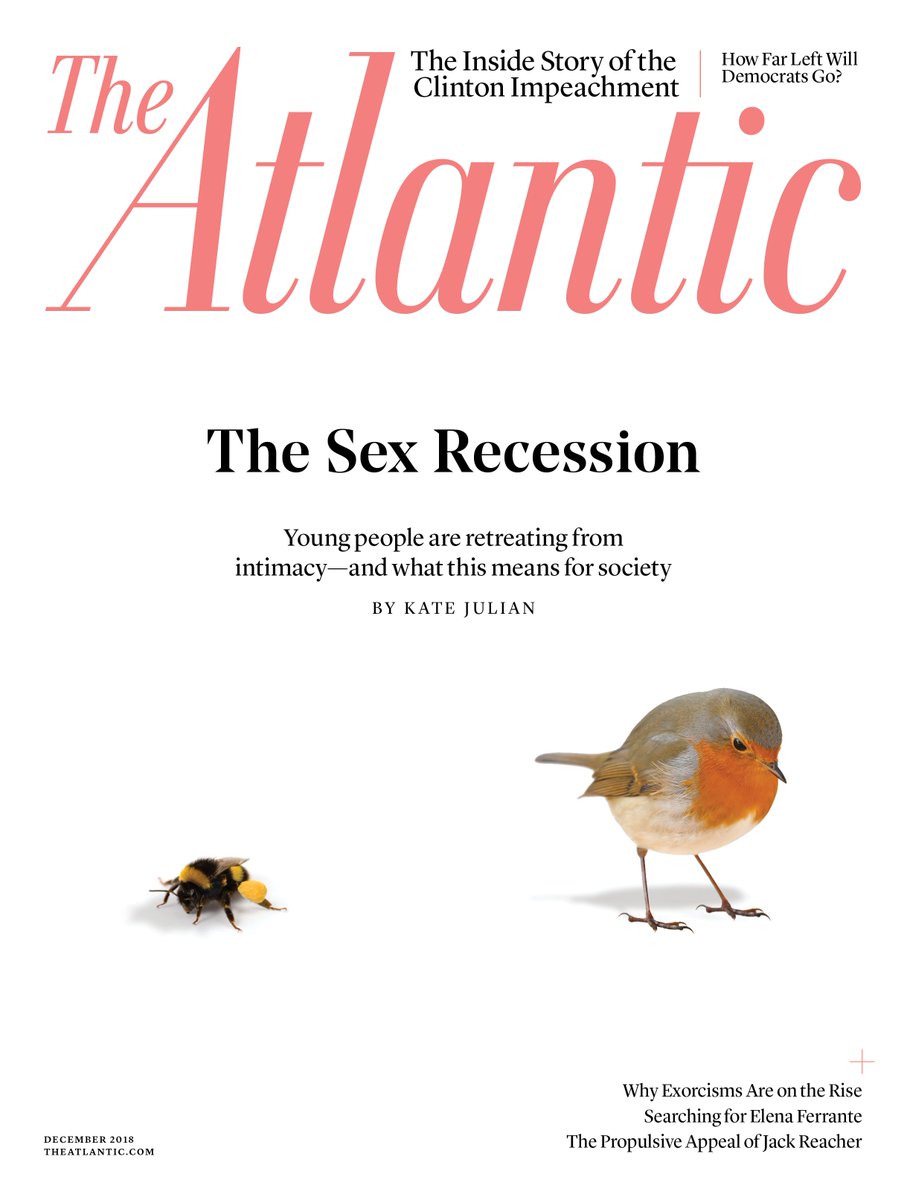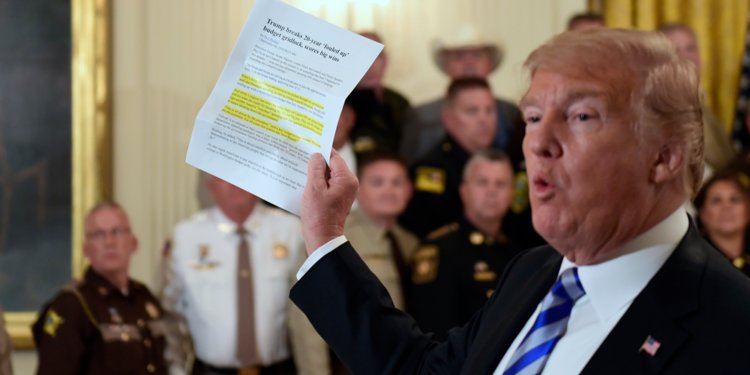We’ll come back to this, but Warnock’s victory is part of a modern resurgence of the RL, which (and I’m biased here) I chronicle in my book: https://t.co/APQ8JsvfNq
1. I don’t think I’m exaggerating when I say that if you want to understand the big political stories from January—from faith-infused insurrection to Warnock’s victory to Biden’s inauguration—you really need to understand two things: Christian nationalism and the Religious Left.
We’ll come back to this, but Warnock’s victory is part of a modern resurgence of the RL, which (and I’m biased here) I chronicle in my book: https://t.co/APQ8JsvfNq
Here’s an intro, but much smarter people have written way better stuff about it: https://t.co/Q0tVWUdgld
This: https://t.co/6SaOk9Q2S3
This: https://t.co/Zq4UROnxr2
This: https://t.co/jUqNd5cryL
& This: https://t.co/mhU7ACbrAZ
Put another way: they’re a big part of why Trump got elected in the first place https://t.co/uSkkrrskut
Getting arrested.
For protesting the GOP-led effort to repeal/replace the Affordable Care Act. https://t.co/5rIIdz792i
E.g., Warnock’s Capitol arrest was part of a MUCH larger protest campaign by liberal religious advocates to save the ACA. https://t.co/vGxHCKL7Ue
Heck, when McCain gave his “thumbs down” to the ACA repeal, the sound you heard was LITERALLY RL activists gasping w/relief.
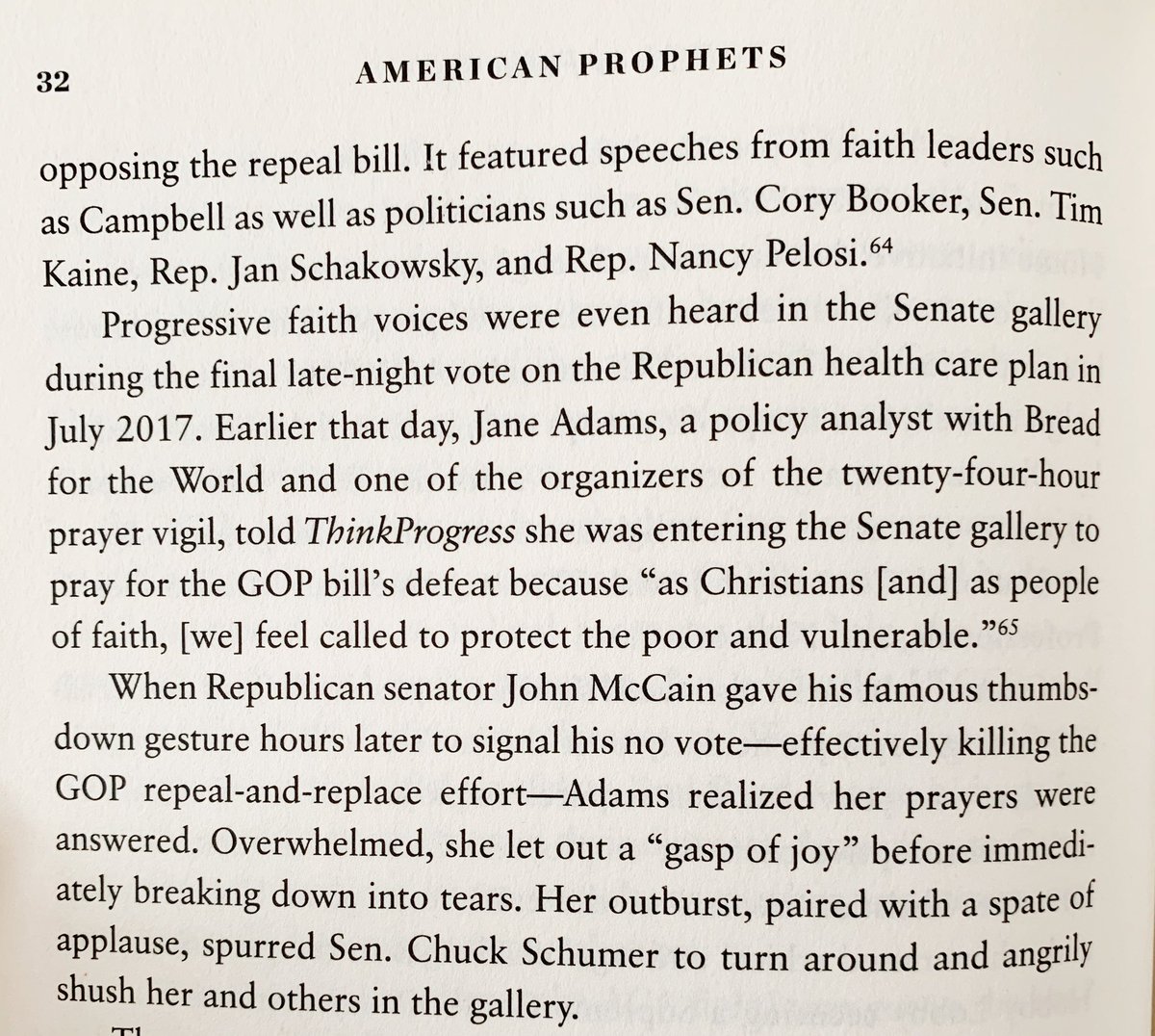
In fact, leaders like Rev. William Barber began listing it as one of America’s “interlocking evils.”
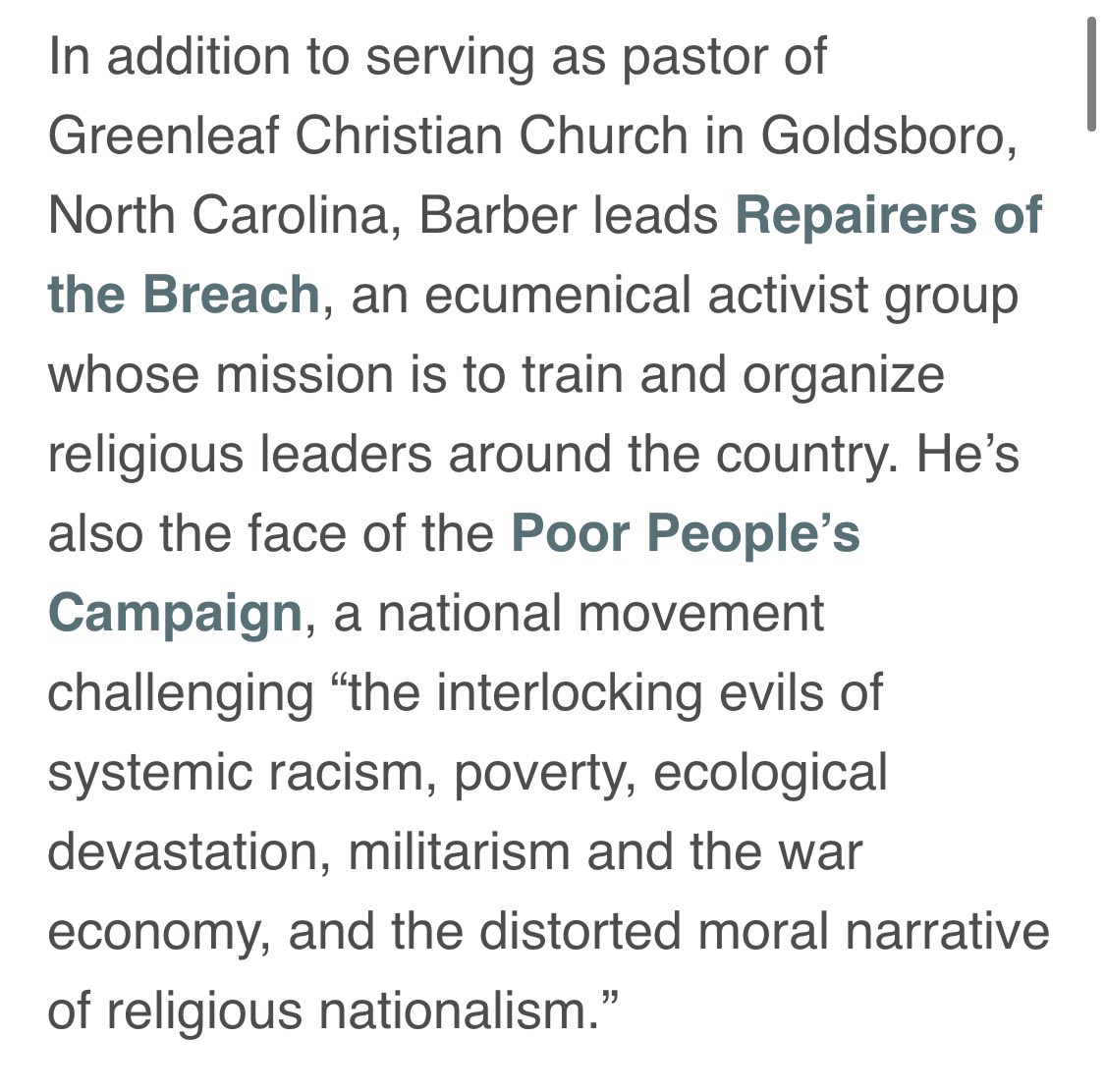
The #PoorPeoplesCampaign names Christian nationalism as an interlocking injustice w/ racism, poverty, militarism & ecological devastation. I hope folks who are paying attention to this dangerous moral narrative also know there\u2019s a better way to practice faith in public.
— Jonathan Wilson-Hartgrove (@wilsonhartgrove) January 29, 2021
Meanwhile, (mostly) liberal Christians founded Christians Against Christian Nationalism. https://t.co/eain5f6TGo
E.g., in December, when Trump supporters gathered in DC, there was the often Christian nationalist “Jericho March.”
Speakers from that event would later pray for Proud Boys as they marched into the streets of DC…
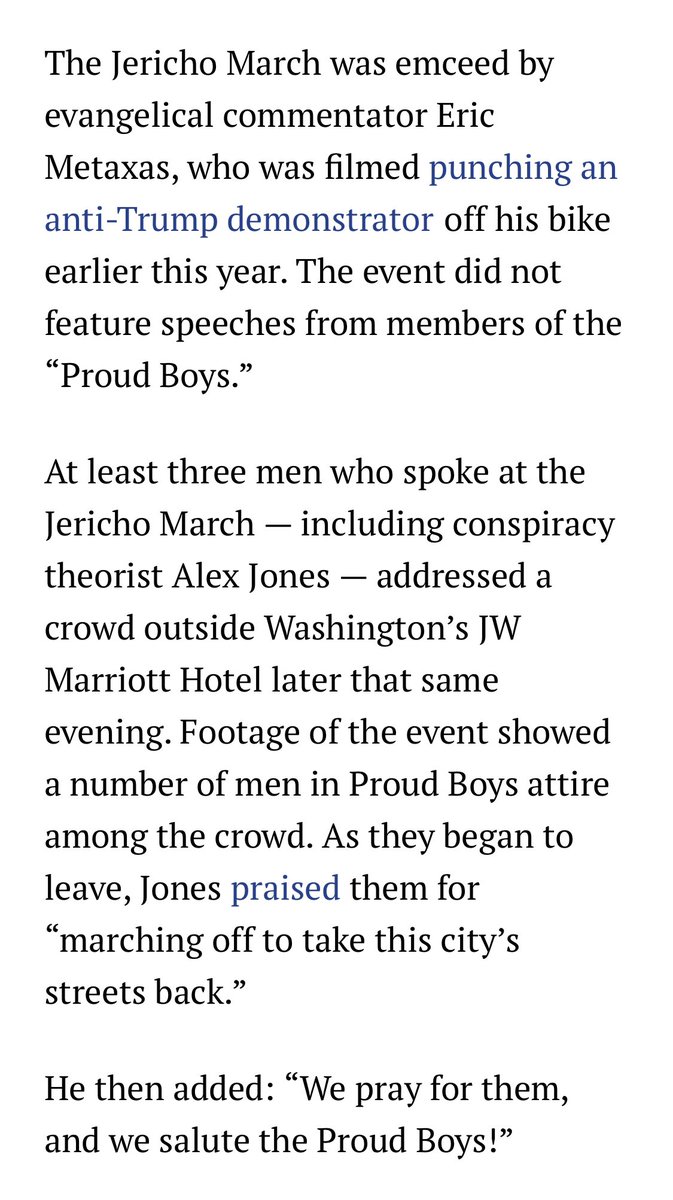
…And the churches just kept replacing the stolen/destroyed signs. https://t.co/fOjXskxhQh
It was a group of clergy gathered around a BLM sign. https://t.co/KPu1KU7How
Warnock, who was attacked for his liberal religious beliefs, won in Georgia. https://t.co/QfLXUYE2Vn
And the inaugural prayer service? It was FILLED with clergy who protested against Trump during his tenure, and the preacher was none other than William Barber. https://t.co/RIgm9Bvu8u
Also there protesting with him that week was Cynthia L. Hale, senior pastor of Ray of Hope Christian Church in Georgia.
Naturally, she was a speaker at the inaugural prayer service. https://t.co/5rIIdz792i

But as they rose, Christian nationalism arguably only made the Religious Left stronger — even to the point of helping them win elections.
But if you want to understand the months/years ahead, it’s helpful to know how we got here.
Then, if you’re bored, there’s a lot more on all this in my book: https://t.co/APQ8JsvfNq
More from Culture
You May Also Like
👨💻 Last resume I sent to a startup one year ago, sharing with you to get ideas:
- Forget what you don't have, make your strength bold
- Pick one work experience and explain what you did in detail w/ bullet points
- Write it towards the role you apply
- Give social proof
/thread
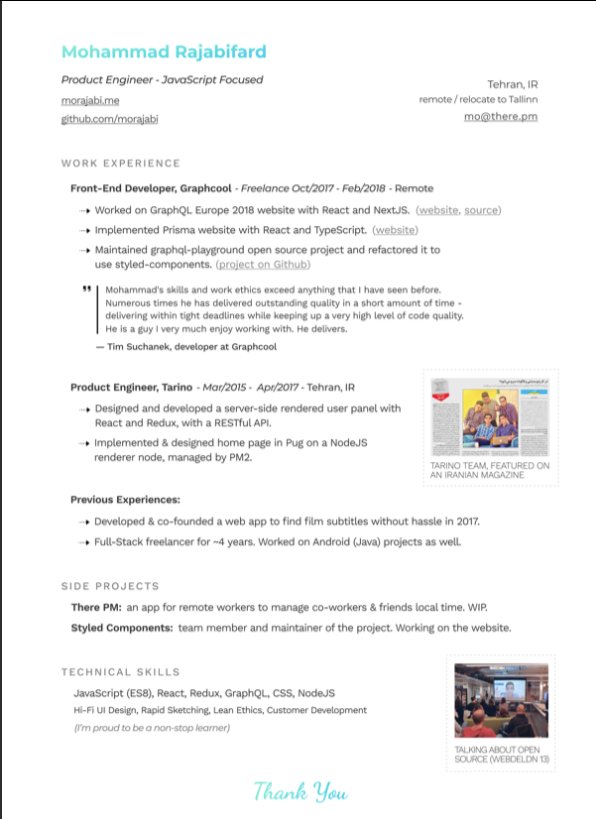
"But I got no work experience..."
Make a open source lib, make a small side project for yourself, do freelance work, ask friends to work with them, no friends? Find friends on Github, and Twitter.
Bonus points:
- Show you care about the company: I used the company's brand font and gradient for in the resume for my name and "Thank You" note.
- Don't list 15 things and libraries you worked with, pick the most related ones to the role you're applying.
-🙅♂️"copy cover letter"
"I got no firends, no work"
One practical way is to reach out to conferences and offer to make their website for free. But make sure to do it good. You'll get:
- a project for portfolio
- new friends
- work experience
- learnt new stuff
- new thing for Twitter bio
If you don't even have the skills yet, why not try your chance for @LambdaSchool? No? @freeCodeCamp. Still not? Pick something from here and learn https://t.co/7NPS1zbLTi
You'll feel very overwhelmed, no escape, just acknowledge it and keep pushing.
- Forget what you don't have, make your strength bold
- Pick one work experience and explain what you did in detail w/ bullet points
- Write it towards the role you apply
- Give social proof
/thread

"But I got no work experience..."
Make a open source lib, make a small side project for yourself, do freelance work, ask friends to work with them, no friends? Find friends on Github, and Twitter.
Bonus points:
- Show you care about the company: I used the company's brand font and gradient for in the resume for my name and "Thank You" note.
- Don't list 15 things and libraries you worked with, pick the most related ones to the role you're applying.
-🙅♂️"copy cover letter"
"I got no firends, no work"
One practical way is to reach out to conferences and offer to make their website for free. But make sure to do it good. You'll get:
- a project for portfolio
- new friends
- work experience
- learnt new stuff
- new thing for Twitter bio
If you don't even have the skills yet, why not try your chance for @LambdaSchool? No? @freeCodeCamp. Still not? Pick something from here and learn https://t.co/7NPS1zbLTi
You'll feel very overwhelmed, no escape, just acknowledge it and keep pushing.


